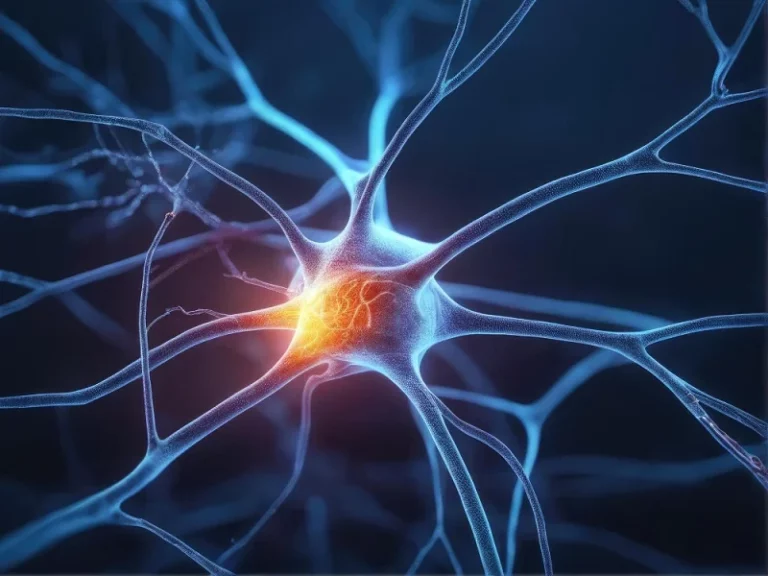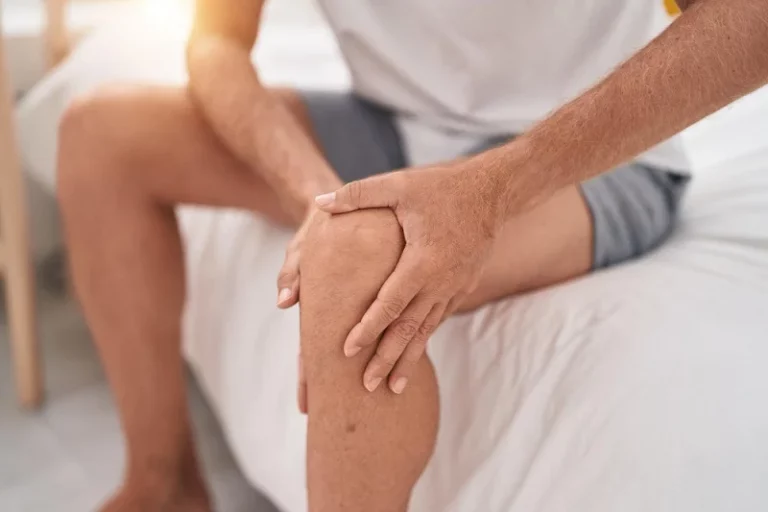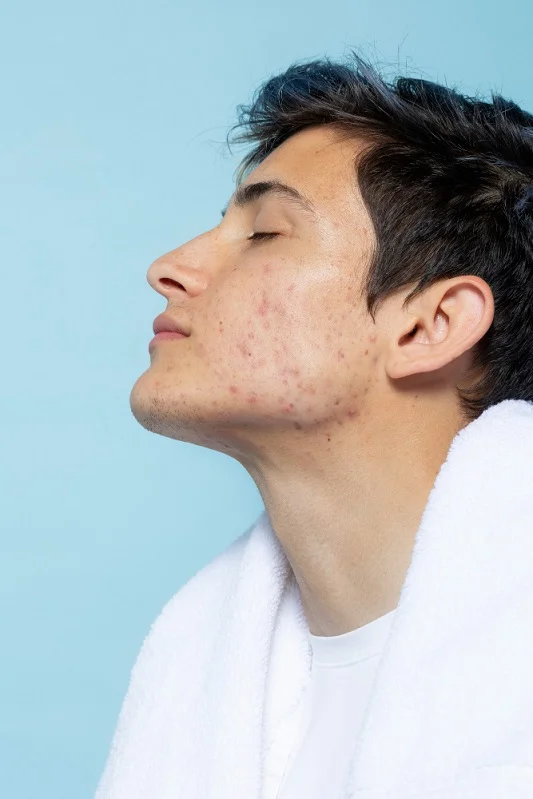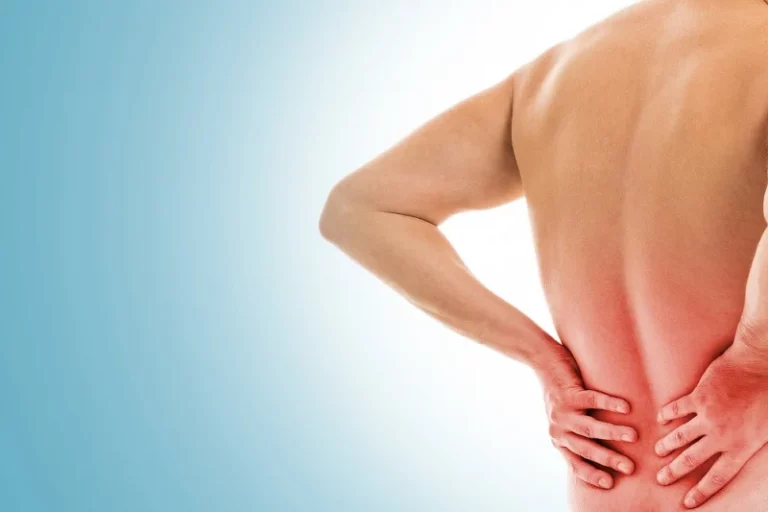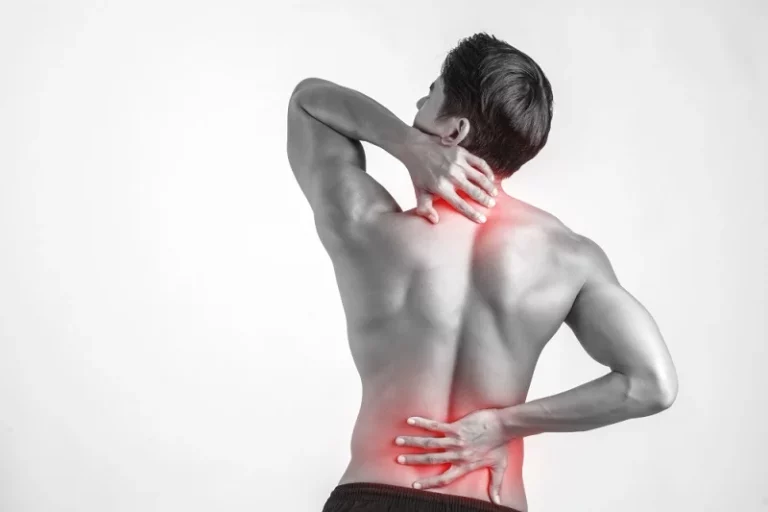How Cryotherapy Can Help Remove Anxiety In 2023
Feeling overwhelmed and stressed out? Looking for a natural way to manage anxiety? Look no further than cryotherapy. This innovative treatment involves subjecting your body to freezing temperatures, and it’s gaining popularity as a potential therapy for anxiety disorders.
Cryotherapy sessions typically involve stepping into an ice-cold chamber or immersing yourself in ice baths. Alternatively, you can experience the benefits of cryotherapy through infrared saunas or localized ice applications. But how does this freezing cold therapy help with anxiety?
Studies have shown that cryotherapy reduces inflammation in the body and triggers a relaxation response. By exposing yourself to extreme cold, your body releases endorphins, natural mood boosters. Preliminary reports suggest that cryotherapy may modulate the inflammatory response associated with anxiety disorders.
We’ll explore scientific trials, systematic reviews, and analysis to understand its effectiveness. So if you’re curious about trying cryotherapy for stress relief or accepting your first-time session, keep reading to discover more about this intriguing approach.
Understanding the Concept of Cryotherapy
Cryotherapy, also known as cryotherapy treatment or body cryotherapy, is a therapeutic technique that harnesses the power of cold to trigger the body’s natural healing response. By subjecting the body to subzero temperatures, cryotherapy can provide numerous benefits, including relief from anxiety symptoms.
The process typically involves spending a short period of time in a specialized chamber known as a cryogenic chamber or using localized cryotherapy on specific areas of the body. In both cases, low temperatures are achieved through the use of liquid nitrogen or other cooling agents.
One key aspect of how cryotherapy works is its ability to constrict blood vessels. When exposed to extreme cold, blood vessels narrow and reduce blood flow to certain areas. This constriction helps reduce inflammation by limiting the release of cytokines, which are proteins involved in the inflammatory process. By reducing inflammation, cryotherapy can have a positive impact on anxiety symptoms.
Cryotherapy stimulates the release of endorphins – chemicals in the brain that act as natural painkillers and mood boosters. Endorphins help improve mood and promote relaxation, which can be particularly beneficial for individuals dealing with anxiety.
Research has shown promising results regarding the effects of cryotherapy on anxiety. A study published in 2016 found that participants who underwent whole-body cryostimulation experienced significant reductions in anxiety levels compared to a control group. Another study published in 2020 reported similar findings with peripheral blood analysis showing decreased mean levels of specific inflammatory markers after localized cryotherapy sessions.
It is important to note that while cryotherapy may offer potential benefits for anxiety relief, it should not replace traditional treatments such as therapy or medication. Instead, it can be used as an adjunct therapy alongside other interventions recommended by healthcare professionals.
Benefits of Whole Body Cryotherapy for Depression & Anxiety
Whole-body cryotherapy has shown promise in reducing symptoms of depression and anxiety by stimulating the release of mood-enhancing hormones like serotonin and dopamine. These natural chemicals are crucial in regulating our emotions and overall mental well-being. By undergoing whole-body cryotherapy sessions, individuals may experience positive changes in their somatic symptoms, improving their state of mind.
One of the ways that whole-body cryotherapy benefits those with depression and anxiety is through its impact on sleep quality. Many individuals who struggle with these mental health conditions also experience difficulties with sleep, such as insomnia or disrupted sleep patterns. However, studies have indicated that regular sessions of whole-body cryotherapy can help improve sleep quality by promoting relaxation and reducing stress levels. As a result, individuals may find it easier to fall asleep and enjoy a more restful night’s rest.
In addition to improving sleep quality, whole-body cryotherapy can also increase energy levels, which can positively impact mental health. Depression often causes feelings of fatigue and lethargy, making it challenging for individuals to engage in daily activities or find motivation. By exposing the body to extremely cold temperatures during cryotherapy sessions, blood circulation is enhanced as vasoconstriction occurs. This process helps deliver oxygen-rich blood throughout the body efficiently, resulting in increased energy levels and reduced feelings of fatigue.
Moreover, regular sessions of whole body cryotherapy have been reported to provide long-lasting relief from symptoms related to depression and anxiety. The World Health Organization (WHO) recognizes depression as one of the leading causes of disability worldwide. However, emerging evidence suggests that whole body cryotherapy could be an effective complementary treatment option for managing these conditions. Research studies have demonstrated significant reductions in depressive symptoms after several weeks or months of consistent cryotherapy sessions.
It is important to note that while whole-body cryotherapy shows promise as a potential treatment for depression and anxiety, it should not replace traditional forms of therapy or medication. Instead, it can be used as an adjunctive therapy to enhance overall well-being and support mental health. If you are considering whole-body cryotherapy, it is crucial to consult with a healthcare professional who can provide guidance and ensure it is suitable for your specific needs.
Efficacy of Cryotherapy as an Adjunct Treatment for Depression and Anxiety
Research suggests that cryotherapy can be an effective adjunct treatment for depression and anxiety when used alongside traditional therapies. Studies have shown significant improvements in mood, reduced stress levels, and decreased symptoms among individuals who underwent cryotherapy as part of their treatment plan.
Cryotherapy is not intended as a standalone solution but rather as a complementary approach to existing treatments. By incorporating cryotherapy into the overall treatment plan, patients may experience better outcomes in managing these conditions.
One area where cryotherapy has shown promise is in the treatment of depressive disorders. Clinical trials have demonstrated that cryotherapy can have a positive effect on depressive symptoms, particularly in individuals with major depressive disorder. In one study, participants who received cryotherapy alongside their regular antidepressant treatment experienced significant decreases in depression rating scale scores compared to those receiving only antidepressant drugs.
The exact mechanisms through which cryotherapy exerts its beneficial effects on depression and anxiety are still being explored. However, it is believed that the extreme cold temperatures during cryotherapy sessions trigger physiological responses within the body that contribute to improved mental well-being.
One theory suggests that intense cold exposure activates the release of endorphins, which are natural pain-relieving hormones. These endorphins can help alleviate depressive symptoms by promoting feelings of pleasure and reducing pain perception. Cryotherapy may also stimulate the release of norepinephrine and serotonin, neurotransmitters known to regulate mood and emotions.
In addition to its impact on neurochemicals, cryotherapy may also influence brain activity through deep brain stimulation. The extreme cold temperatures applied during cryotherapy can potentially modulate neural circuits involved in regulating mood and anxiety levels. This modulation may lead to enhanced emotional regulation and reduced symptoms associated with depression and anxiety.
It’s important to note that while cryotherapy holds promise as an adjunctive treatment for depression and anxiety, it should always be used under the guidance of a healthcare professional. Cryotherapy sessions should be tailored to each individual’s needs and integrated into a comprehensive treatment plan that includes psychotherapy, medication, and other evidence-based interventions.
Exploring Natural Ways to Treat Depression and Anxiety: The Role of Cryotherapy
As interest in natural remedies grows, cryotherapy offers an alternative option for individuals seeking non-pharmaceutical approaches to manage depression and anxiety. With its ability to trigger physiological responses that promote relaxation and improve mood, cryotherapy has emerged as a potential tool in the holistic treatment of mental health disorders.
Cryotherapy is a therapy that involves exposing the body to extremely low temperatures for a short period. This exposure is believed to stimulate various mechanisms within the body, leading to several therapeutic benefits. Research in the field of cryotherapy for mental health is still limited, but preliminary studies have shown promising results.
One potential mechanism through which cryotherapy may alleviate symptoms of depression and anxiety is by modulating oxidative stress levels in the body. Oxidative stress refers to an imbalance between free radicals and antioxidants in the body, which can contribute to mental health issues. A study published in Biological Psychiatry found that participants who underwent cryotherapy experienced reduced oxidative stress markers, suggesting a potential protective effect against depression and anxiety.
Furthermore, cryotherapy has been associated with improvements in sleep quality, which can greatly impact mental well-being. Sleep disturbances are common among individuals with depression and anxiety, exacerbating their symptoms. By promoting better sleep patterns, cryotherapy may indirectly alleviate some of these symptoms and enhance overall mood.
In addition to its direct effects on mental health, cryotherapy has also been investigated for its potential benefits on physical well-being. For instance, a study conducted on participants with atopic dermatitis found that cryotherapy not only improved skin condition but also enhanced vitality and life quality measures. These findings suggest that incorporating cryotherapy into a comprehensive wellness plan may provide additional benefits for those looking to address their anxiety naturally.
It’s important to note that while cryotherapy shows promise as a natural treatment option for depression and anxiety, it should not replace pharmacological treatments or other therapies recommended by mental health professionals. Cryotherapy can be used as a complementary approach to support overall well-being and enhance the effectiveness of existing treatments. If you are considering cryotherapy for depression or anxiety, consult a healthcare professional to ensure it is effectively integrated into your treatment plan.
Potential Risks and Side Effects of Cryotherapy
Cryotherapy, a treatment that involves exposing the body to extremely cold temperatures, is generally considered safe. However, it is important to be aware of the potential risks and side effects associated with this therapy. By taking proper precautions and consulting with healthcare professionals, individuals can minimize any adverse effects.
One of the primary risks of cryotherapy is the possibility of skin burns or frostbite if precautions are not taken. The extreme cold temperatures used in cryotherapy can cause damage to the skin if applied for too long or if protective measures are not followed. It is crucial to ensure that the therapist administering the treatment has received adequate training and adheres to recommended guidelines.
Individuals with certain medical conditions should exercise caution when considering cryotherapy. Conditions such as Raynaud’s disease, which affects blood circulation in extremities, may be exacerbated by exposure to extremely cold temperatures. Similarly, those with cold allergies may experience adverse reactions during cryotherapy sessions. Therefore, it is essential for individuals with these conditions to consult with their healthcare provider before undergoing cryotherapy.
In order to minimize potential side effects associated with cryotherapy, it is crucial to follow recommended guidelines and work with trained professionals. This includes wearing protective clothing, such as gloves and socks, during the session to prevent frostbite on extremities. Therapists should monitor individuals closely throughout the treatment duration to ensure their safety and well-being.
While rare, some individuals may experience certain side effects after cryotherapy sessions. These can include redness or swelling of the treated area, itching or irritation of the skin, or temporary changes in sensation. These symptoms typically subside within a few hours or days after treatment.
It is important for individuals considering cryotherapy for anxiety or other purposes to weigh both the potential benefits and risks involved. While many people find cryotherapy beneficial for various reasons including anxiety relief and muscle recovery, understanding its possible side effects is crucial for making an informed decision.
How Cryotherapy Works for Anxiety Disorders and Mood Disorders
Cryotherapy, a treatment that involves exposing the body to extremely cold temperatures, has gained popularity in recent years for its potential benefits in alleviating symptoms of anxiety disorders and mood disorders. By triggering the release of endorphins, which act as natural painkillers and mood boosters, cryotherapy offers a promising approach to managing these conditions.
One way in which cryotherapy helps individuals with anxiety disorders is by stimulating the production of endorphins. Endorphins are neurotransmitters that bind to opioid receptors in the brain, reducing pain perception and promoting feelings of well-being. By increasing the levels of endorphins in the body, cryotherapy can help regulate mood and alleviate symptoms commonly associated with anxiety disorders.
The extreme cold temperatures experienced during cryotherapy sessions have been found to have anti-inflammatory effects on the body. Inflammation has been linked to various mental health conditions, including depression and anxiety. By reducing inflammation, cryotherapy may impact neurotransmitter levels involved in mood regulation. This suggests that cryotherapy could potentially provide relief from symptoms related to mood disorders.
Furthermore, cryotherapy promotes a sense of calmness and relaxation. When exposed to cold temperatures, the body activates its natural stress response mechanisms. This triggers a release of adrenaline and norepinephrine, which can induce a state of heightened alertness initially. However, once the session is over, there is often a subsequent period of deep relaxation as these stress hormones subside. This relaxation response can be particularly beneficial for individuals dealing with anxiety or mood disorders.
By combining all these factors – increased endorphin production, reduced inflammation, and enhanced relaxation response – cryotherapy shows promise as an alternative therapy for managing anxiety disorders and mood disorders. It offers a non-invasive option that may complement traditional approaches such as therapy or medication.
It’s important to note that while cryotherapy shows potential benefits, it is not a standalone treatment for anxiety disorders or mood disorders. It should be used as part of a comprehensive treatment plan, under the guidance of a healthcare professional. Each individual’s response to cryotherapy may vary, and its effectiveness may depend on factors such as the severity of the condition and overall health.
Conclusion
In conclusion, cryotherapy has shown promise as an adjunct treatment for depression and anxiety. By exposing the body to extremely cold temperatures, cryotherapy can provide numerous benefits for individuals struggling with mood disorders.
Whole-body cryotherapy has been found to have a positive impact on mental health by reducing symptoms of anxiety and depression. It works by triggering the release of endorphins, which are natural mood-enhancing chemicals in the brain. Cryotherapy can help regulate neurotransmitters like serotonin and dopamine, which play a crucial role in maintaining emotional well-being.
Exploring natural ways to treat depression and anxiety, cryotherapy emerges as a potential option due to its effectiveness in alleviating symptoms. While it may not be a standalone treatment, it can complement existing therapies such as medication or counseling.
It is important to note that cryotherapy does come with some potential risks and side effects. These include skin burns or frostbite if proper precautions are not taken. Therefore, it is essential to consult with a healthcare professional before starting any cryotherapy treatment.
When considering alternative treatments for anxiety disorders and mood disorders, cryotherapy offers an intriguing option. Its ability to stimulate the release of feel-good hormones combined with its non-invasive nature makes it an attractive choice for those seeking relief from their symptoms.
To make an informed decision about whether cryotherapy is right for you, it is advisable to gather more information from reputable sources and consult with healthcare professionals who specialize in mental health.
Everyone’s experience may vary, so what works for one person may not work for another. It’s essential to listen to your body and seek guidance from medical experts who can guide you toward the most suitable treatment options for your needs.
FAQs
Can cryotherapy cure anxiety?
Cryotherapy is not a cure for anxiety. It can help alleviate symptoms and serve as an adjunct treatment, but it should not be relied upon as the sole solution.
How many sessions of cryotherapy are needed to see results?
The number of sessions required may vary depending on individual needs and goals. Some people may experience benefits after just a few sessions, while others may require more prolonged treatment.

